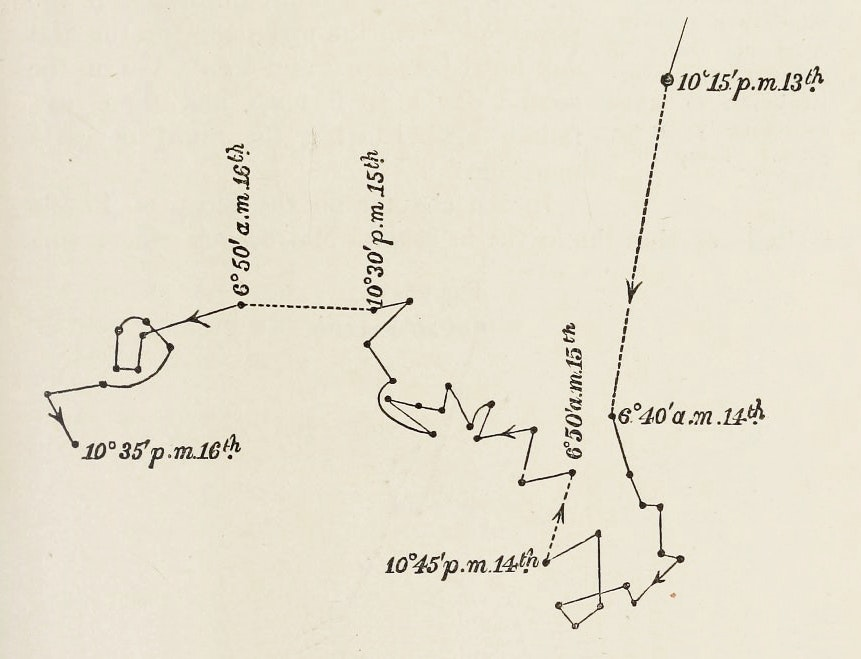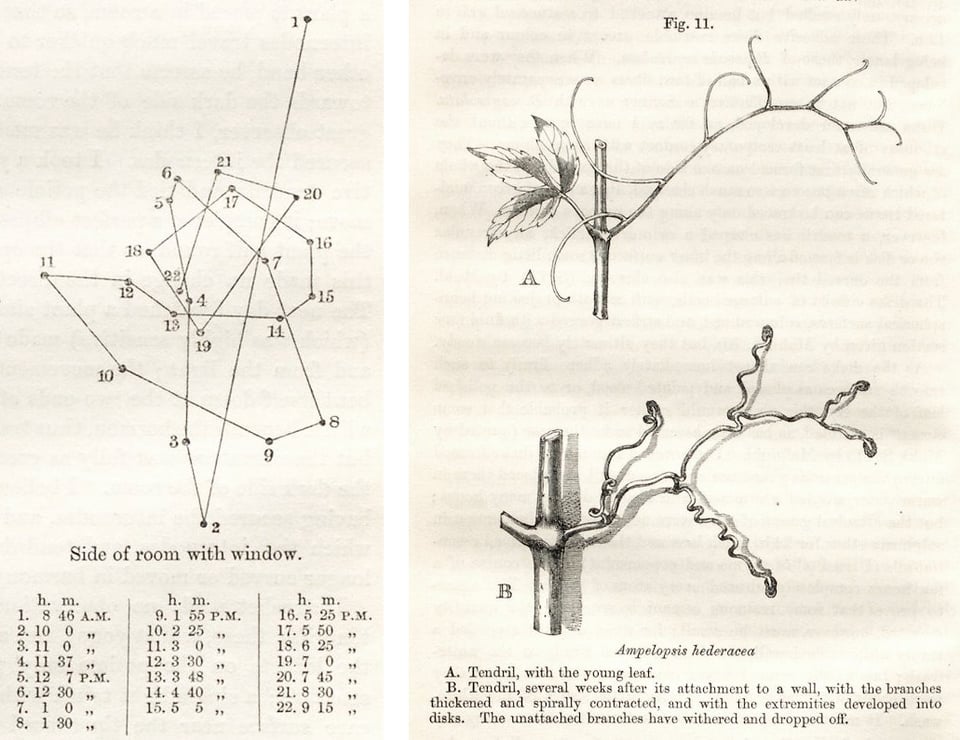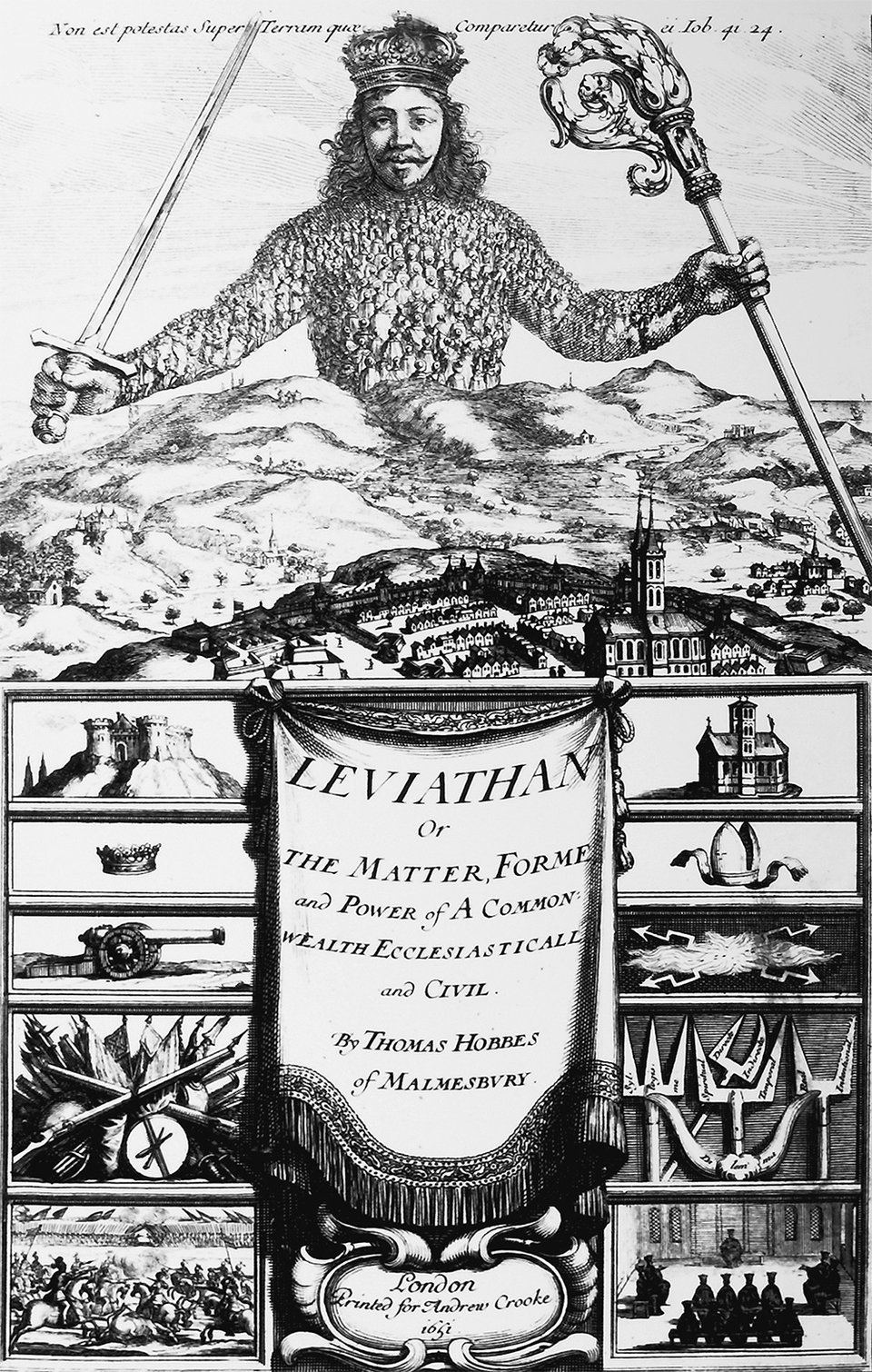Linkfest #16: Visible Birdsong, Braille Ambigrams, and the "Extended Groth Strip"
Welcome to the latest edition of the Linkfest! "The opposite of doomscrolling", as I call it 😅
Thank you for subscribing -- and if you’re enjoying it, spread the word! Forward this newsletter far and wide to anyone who you think might enjoy it. There's a pay-what-you-want signup here; the folks who can afford to contribute help keep it free for everyone else.
Let's get to it -- here's the finest Internetstuff I found and collected, just for you ...
1) 🐤 Visible birdsong

Kathrin Swoboda took the astonishing picture above -- in which you can see the breath of the red-winged blackbird as it sings. It won the Audubon Grand Prize in 2019, apparently!
You can see more of her superb nature photography on her Instagram feed or at her web site, where she also sells prints.
2) ⚫ Braille ambigrams

"Ambigrams" are compositions of glyphs that can be read in different directions; often they're done with calligraphy that spells the same message when read forwards or backwards. (Some examples here.)
Sean M. Burke, though, has put together a collection of braille ambigrams -- i.e. collections of braille characters that, when flipped horizontally or vertically, spell out different messages.
It's incredibly fun to look at!
3) 🤖 Machine-learning robot crushes the marble-maze game
When I was a kid in the 70s, my family had one of these "labyrinth" marble-maze games. I spent god knows how many hours trying to beat it; I think I only won a few times. But hey, back then, this was a high-tech form of entertainment! It was as good as things got. (I know some older folks claim the pre-Internet world was simpler and calmer, but trust me: Holy crap, it was also boring.)
Anyway! Two researchers at ETH Zurich recently created "CyberRunner", a robotic system that learned how to totally crush the maze game. If you watch that video above at 1:09, you can see it whip through the game in 14.5 seconds -- which is 6% faster than the speediest human time.
How'd they do it? They used "model-based reinforcement learning", a form of machine intelligence that uses trial and error (i.e. just let the robot blunder around and learn from its mistakes) but which speeds things up a bit by including a bit of hand-coded work to model some of the game's constraints. Story here at Popular Science; academic paper here.
I love this because it's a good reminder that while GPT-style language-models get all the headlines these days, old-school machine learning is still powerful as heck. Better yet, it requires far fewer resources! The researcher trained this AI on a single desktop computer. Sure, it was a powerful desktop, but it didn't need to use a swimming-pool-boiling amount of electricity during training, as ChatGPT does.
CyberRunner is also a good reminder of what's really hard in robotics: Manipulation.
When the researchers created their robotic system to play the maze game, did they use robotic hands to turn the knobs? That's what's illustrated in the YouTube screenshot above, after all.
Nope. There are no robotic hands remotely as flexible as human hands. That screenshot for the YouTube video is just PR. In reality, the researchers wired the game up with a couple of rotating controllers.
Machine learning may be able to out-think and out-reason humans at many tasks. But when it comes to grabbing and manipulating the everyday world, robots are utterly terrible, and likely will be for quite some time. (I wrote a massive, 13,000-word story on this problem if you really want to go deep.)
4) 📈 Darwin's drawings of how plants move

When Darwin was bedridden for months with an illness in 1863, he couldn't do his usual hyper-energetic Darwin stuff, i.e., ramble around to look at animals in the wild.
So a friend sent him some cucumber seeds, and he planted them and watched them grow. He became fascinated by the way plants moved as they grew -- particularly climbing plants, which send out tendrils to find places where they can grab hold and rise up.
He produced a book on it, The Power of Movement in Plants, and it has truly lovely illustrations. That's one above, from a terrific writeup of Darwin's plant studies in The Public Domain Review, by Natalie Lawrence:
Darwin developed a way of recording the movements of individual parts of plants as they grew and rotated through space. He placed a plant between a sheet of paper and a glass plate and marked a reference point on the paper, attaching a thin wire to a particular part of the plant, such as a leaf or bud. He made recordings at regular intervals by lining up the end of this filament with the fixed reference point, and then marking its position on the glass plate. Seeing Darwin’s strange, angular drawings without any context, it would be easy to think that they might be the tracks of a small animal — a woodlouse, beetle, or perhaps a mouse with a short attention span. They seem like the staccato perambulations of a creature that does not have a clear purpose, rambling across the paper. But that is because these are static, two-dimensional renderings of movements that occurred in three dimensions.
That piece has lots more scans of Darwin's drawings, which got increasingly complex ...

As Lawrence notes, we think of plants as immobile, but Darwin saw them as incredibly active. As she writes ..
... Darwin saw that when plants made changes in their physical positions, or grew into different shapes, what they were doing was really behaviour, not unlike that of animals. The difference was, animals moved rapidly, and from place to place. Plants grew slowly and moved primarily by growing.
5) 🐱 Board game where you place cats on a grid

Behold "Nego", a truly adorable board game:
Japanese sculptor and author Yuka Morii has created a table game inspired by felines’ need to stretch, loaf, and nap in any available spot. Titled “Nego,” a play on the Japanese word for cat, neko, and the popular game of “Go,” the object is simply to fit the most cats on the board by taking turns placing them onto a small grid.
You can buy a copy of Nego here, via the artist's web site. I translated her short Japanese description of the game, in which she promises that as you play ...
... the world will become a little more peaceful.
6) 📼 How Bing Crosby kickstarted Silicon Valley

Over at his blog Honest Broker, the music historian Ted Gioia makes a fun argument: That Bing Crosby helped kickstart the technological boom in Silicon Valley.
How'd that work? Well, back in the 40s, Crosby was a massively popular singer, and thus horribly overworked: Constant studio recordings, touring to entertain troops, doing soundtracks. Most exhausting of all was his radio show. He had to broadcast it live, twice a day, once for the East coast then later for the West.
Crosby would have far preferred to just record the show once, then play the recording again. But recording tech wasn't very high-quality back then.
Until Jack Mullin from Ampex showed up. He'd been an audio engineer in the war and learned how the Germans were using magnetic tape to produce superb-quality audio recordings. Mullin reverse-engineered the German tech and produced his own demo, which he showed to Crosby:
[Mullin] set up a live performance behind a curtain, and then followed it with a playback from his magnetic tape recorder. The audio quality was so true-to-life that many listeners couldn’t tell the difference. A private demonstration was arranged for Crosby at the ABC Studio on Sunset and Vine.
Crosby knew immediately that this was a huge breakthrough. But the price of a single Ampex 200-A machine was $4,000—more than many people paid for a home back then. In fact, the average median family income in the US that year was just $3,000. But Crosby wanted to buy 20 of these machines. He offered to pay 60% of the money up-front.
Thus, a few days later, a letter arrived in the Ampex office with a Hollywood postmark. Inside was a check from Bing Crosby for $50,000.
That investment of $50,000 in 1947 would be worth about $689,000 in today's money.
As Gioia notes, Ampex went on to become a catalytic player in Silicon Valley, pioneering new ways to store data -- it was involved, directly or indirectly, in "almost every computer magnetic and optical disc recording system, including hard drives, floppy discs, high-density recorders, and RFID devices.”
The role of music in Silicon Valley has thus actually been quite central for a long time. Back in Crosby's data, music was the main type of data that needed storing; in the late 90s and early 90s, music was the first form of data to be commercially viable in streaming, and thus helped produce some of the streaming tech that later gave rise to today's streaming giants.
Cool piece -- worth a full read.
7) 🧊 Hypercube online toy

Nuno David has created a fun web toy that generates a slowly spinning hypercube. You can pick how many dimensions it should have -- from three to nine -- then tweak the length of the sides so it deforms in often-trippy fashions. That one above? It's a four-dimensional cube in which I slightly elongated two of the sides.
Very fun to mess around with!
8) 🎣 Clickbait remover for Youtube

Far too many Youtubers use clickbaity thumbnails for their videos. I hate them; you hate them; everyone who uses Youtube hates them.
In addition to usually being pretty deceptive, they exacerbate what I've come to think of as the "spit-take-ization" of the Internet: The assumption that the only way to get our attention is to promise we're about to see something so Xtreme you just won't believe it dude.
So! I was happy to stumble (via Andy Baio's Waxy.org) on "Clickbait Remover for Youtube", which does precisely what the title suggests ...
This extension replaces thumbnails with a frame from the video, effectively removing any clickbait while still showing a high quality thumbnail so you can still get a good idea of what the video is about.
9) 🧠 Governments and corporations considered as runaway AIs

Over in the New Yorker, Gideon Lewis-Kraus has written a terrific review of David Runciman's book The Handover: How We Gave Control of Our Lives to Corporations, States, and AIs. (Free archive link, just in case.)
Runciman's argument is interesting: He thinks our concerns about "alignment" -- i.e. will AI obey what humans want, or will it have other, dangerous motives? -- are not actually newfangled or novel. No, they're age-old! That's because we've already been grappling, for several centuries, with two forms of artificial life that have enormous power over humanity: Corporations and governments.
Runciman neatly points out the similarities between these two instituations and sci-fi ideas about Skynet-style AI ...
States and corporations reflect two different sides of our contemporary fear of machines that have escaped human control. One is that we will build machines that we don’t know how to switch off, either because we have become too dependent on them or because we can’t find the off switch. That’s states. The other is that we build machines that self-replicate in ways that we can no longer regulate. They start spewing our versions of themselves to the point where we are swamped by them. That’s corporations.
His book sounds intriguing, not least because of its historic depth: Runciman points out how Thomas Hobbes, in conceiving the modern state, explicitly analogized it to a machine, a massive Leviathan automata. Hobbes was already pondering, back in the 17th century, the idea of an all-knowing and all-powerful mechanical force.
So is Runciman worried about the alignment problem when it comes to AI? Yep. As he points out, we have a terrible track record of reigning in runaway deathless mechanisms. Governments and corporations have taken on lives of their own, and seem (to him) to be mostly resistant to serious human control.
Lewis-Kraus, the reviewer, isn't so sure the game is lost ...
States might be much more than the sum of their human parts, but they’re supposed to derive their legitimacy from the popular will, which means that as artificial “persons without scruples” they are nonetheless vulnerable to our appeals. They are run by people who at least in theory can be communicated with. The fact that this hasn’t often been achieved doesn’t mean that such an achievement is forever out of reach.
Either way, the book sounds thought-provoking, and I'm ordering it now!
10) ⌨️ The "ZeroWriter"

I've occasionally wanted to try a Freewrite word processor, one of those cool nü-typewriters with a full-size clicky keyboard. With an e-ink screen -- less squinty for long writing jags -- and no Internet connection, they're often touted as superb concentration devices.
Two things have stopped me, though. One is that I actually kind of need the Internet while I write. (I'm a nonfiction journalist; my prose is woven from facts, so quickly looking things up is crucial while I write. The Internet isn't a distraction so much as a prosthesis.) The other problem is that a Freewrite is, at $649, awfully pricey.
So I was intrigued to stumble across the design for the ZeroWriter -- a DIY version of the Freewrite that costs only $200 in components. It has an even more cyberpunk-like vibe, too!
I might build one of these in 2024 ...
11) 🌳 Music generated using a bonsai tree
I love how the Swedish artist Love Hultén built this latest sound sculpture. As Design Boom reports, he ...
... incorporates a miniature bonsai tree connected to probes and a small computer to create audio experiences. The sculpture interprets biological data from organic material by detecting minute fluctuations in electrical currents, and then these signals are translated into MIDI, which is directed to a Korg NTS-1 synth for basic sound manipulation. This innovative approach cleverly utilizes plants as adjustable resistors, highlighting a fusion of nature and technology in generating sound
I've seen this plant-as-resistor-for-music hack several times in the past; it's always cool, but Hultén's execution is sculpturally gorgeous. Look at those chunky little buttons! And that groovy dial, the function of which is totally obscure, but it certainly looks cool.
It makes me wonder how the music would change if you altered the "inputs" to the plant. What if you started the music running, then watered the plant, pruned it, or put it more directly in the sun? Would it produce changes in the soundscape? If so, that'd be a cool kind of sonification -- i.e. turning data into sound -- for plant-life. (Bonus: I wrote about sonification for Wired a few years ago.)
12) ❄️ A final, sudden-death round of reading material
Alternate pluralizations of "octopus". ❄️ A Concorde engine -- with afterburner -- is for sale on Ebay. ❄️ Why KFC is called "PFK" in Quebec. ❄️ "Antifake", software for altering your voice so it can't be deepfaked. ❄️ The "Moose Cavalry" of Sweden. ❄️ "Drunk dialing" YouTube to figure out how many videos it hosts. ❄️ Canada's plague of wild "super pigs". ❄️ Stopping Hamlet when a theatergoer opens their laptop. ❄️ Playing two notes at the same time on a tuba, using throat-singing techniques. ❄️ Modifying video games so they can be played, via audio cues, by blind gamers. ❄️ A theory of how corvid brains got so smart. ❄️ The fake birds of AI. ❄️ Cleaning up 200 gigs of icloud storage using Javascript. ❄️ Using an electric car to power a dialysis machine during a blackout. ❄️ Mice could one day evolve to be venomous. ❄️ The joys of making small video games. ❄️ Not critical thinking, but critical ignoring. ❄️ Children living near green-space have higher bone density. ❄️ Gigantic half-billion-year-old worm. ❄️ Pipe-organ physics, visualized. ❄️ A horse can output up to 14.9 horsepower. ❄️ The Platonic dialog "Meno", as it applies to large-language-model AI. ❄️ Text me, Jesus. ❄️ When John Milton visited Galileo. ❄️ "Cursor party". ❄️ Bright city lights seem to be making birds' eyes smaller. ❄️ Command-line tool for extracting secrets from the Common Crawl. ❄️ Jailbroken chatbots jailbreak other chatbots. ❄️ "Misology", the hatred of argumentation and persuasion. ❄️ A new level for Doom just dropped. ❄️ 1,000 species found on a single housing lot in Brisbane. ❄️ The "art amusement park" that was nearly lost to history. ❄️ Apparently humans are very good at understanding chickens. ❄️ Sarcasm considered as "perspective taking". ❄️ Exhaustive hacking of the Sonicare toothbrush. ❄️ The most-abandoned Studebaker in the USA. ❄️ The American Dialect Society of America's "Word of 2023": Enshittification. ❄️ Ceramic data storage. ❄️ The "Extended Groth Strip".
CODA: I read hundreds of sites and blogs every week to make this newsletter, but there are a few that I relied on for several entries this time around -- including New Savanna, Matthew Ingram's When The Going Gets Weird, and The Overspill. Go check 'em out!